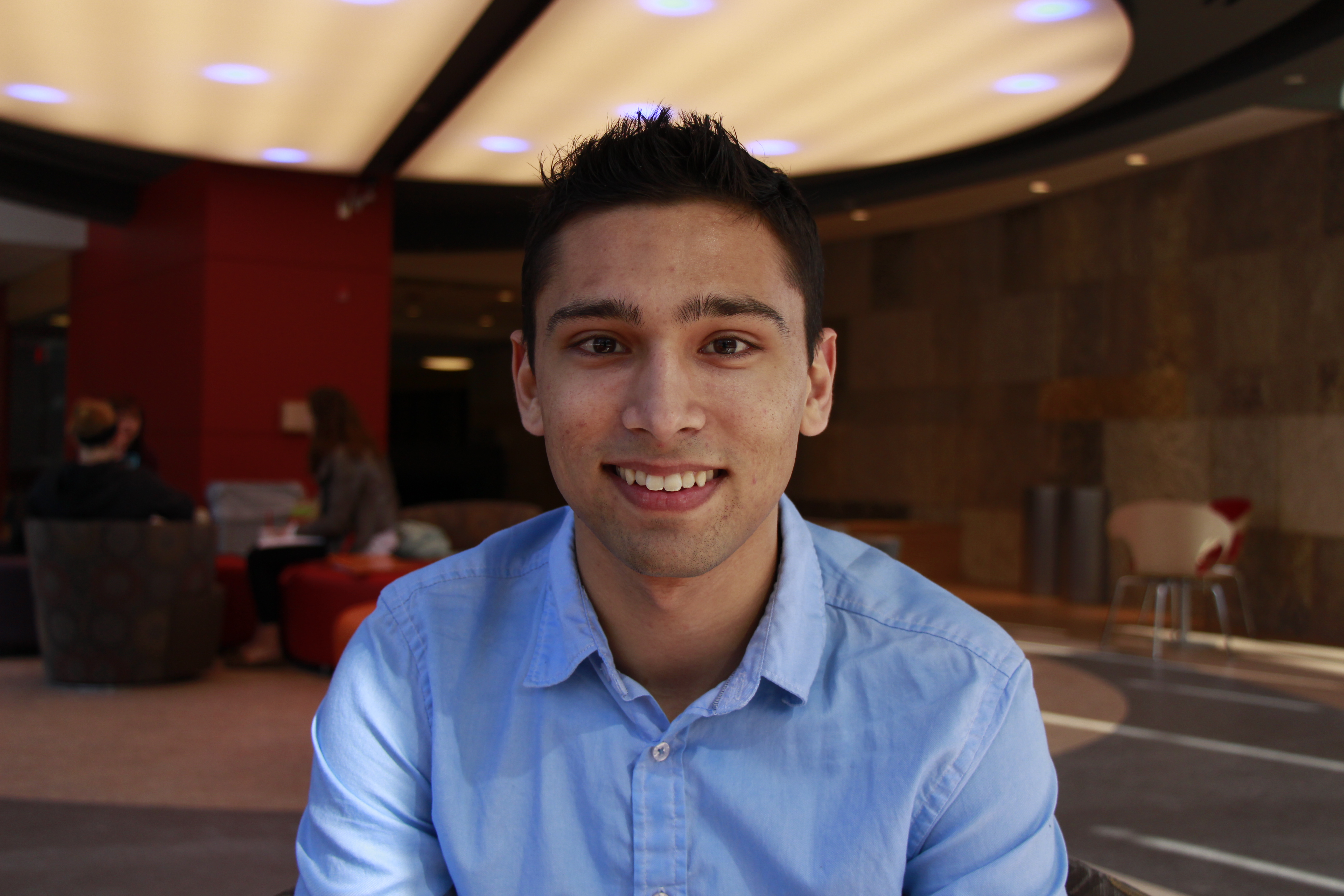Celebration of Scholars
Cloning, Expression and Application of a Thermophilic Cellulase
 Name:
Suresh Graf
Name:
Suresh Graf
Major: Biology
Hometown: Shakopee, MN
Faculty Sponsor:
Other Sponsors:
Type of research: Independent research
 Name:
Rachel Murray
Name:
Rachel Murray
Major: Biology
Hometown: Elgin, IL
Faculty Sponsor:
Other Sponsors:
Type of research: Independent research
Abstract
The purpose of this research is to further the understanding
of the CelA cellulase enzyme by measuring enzyme activity using a 3,5-dinitro salicylic
acid colorimetric assay. The specific aim of this research is to optimize the
enzyme production, extraction and performance through a series of assays in
which single variable changes are made. These variables include factors such as
temperature, pH, buffer salt, incubation time, incubation temperature, heat
shock extraction, and extraction by sonication. All of the manipulations performed
are to create a standard method of extraction for this specific cellulase enzyme,
which can be used for subsequent processing of cellulosic biomass into smaller
and more readily useable simple sugars to be used in fermentation. Previous results
show that CelA demonstrates activity that is significantly higher than other
cellulase enzymes, this research has reinforced those findings and has been
focused on optimizing the activity of the enzyme by conditional modification.
Submit date: March 13, 2015, 11:19 a.m.
